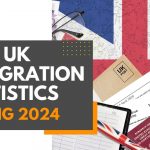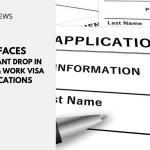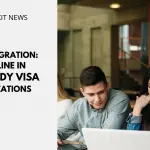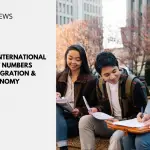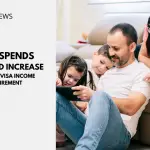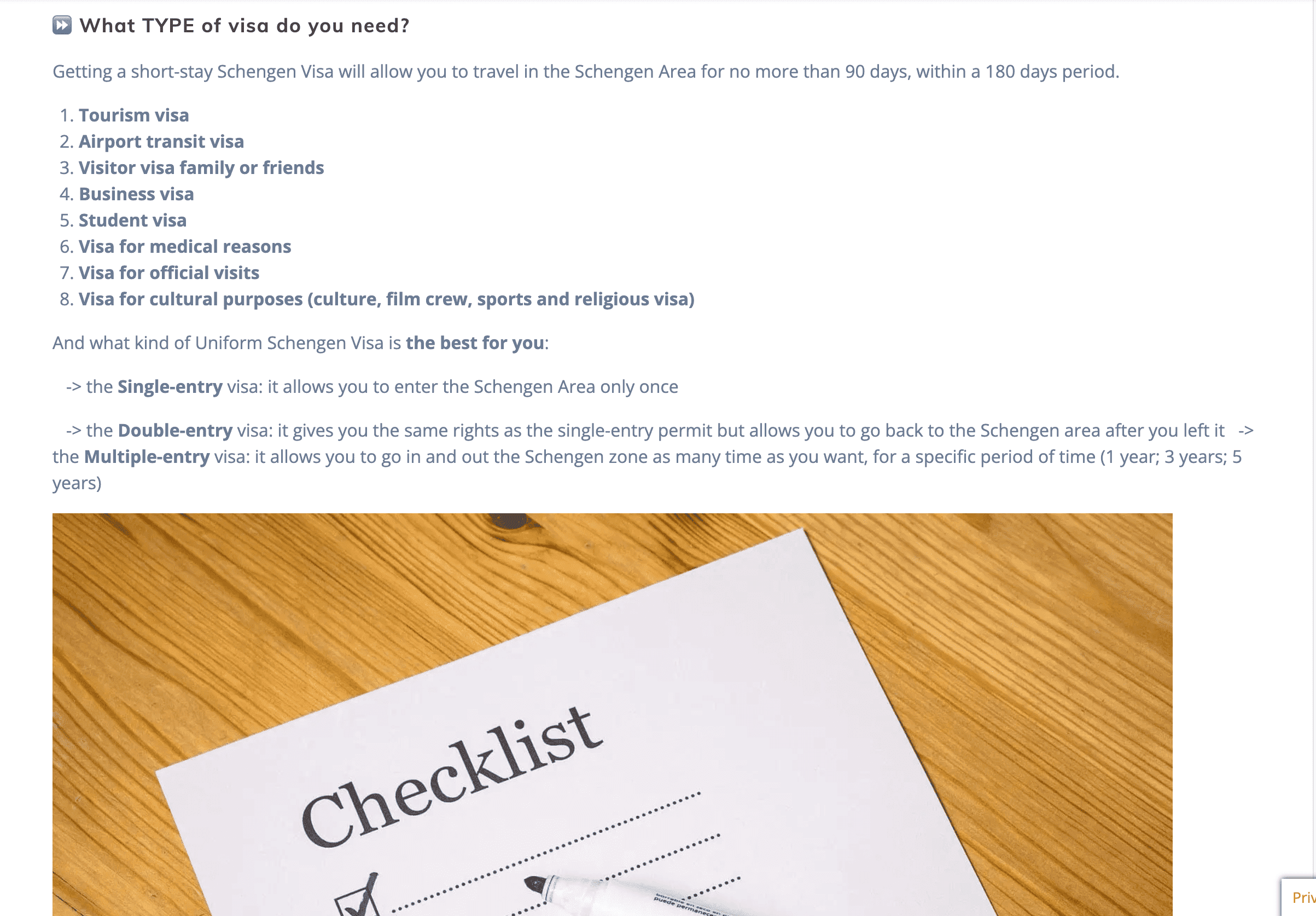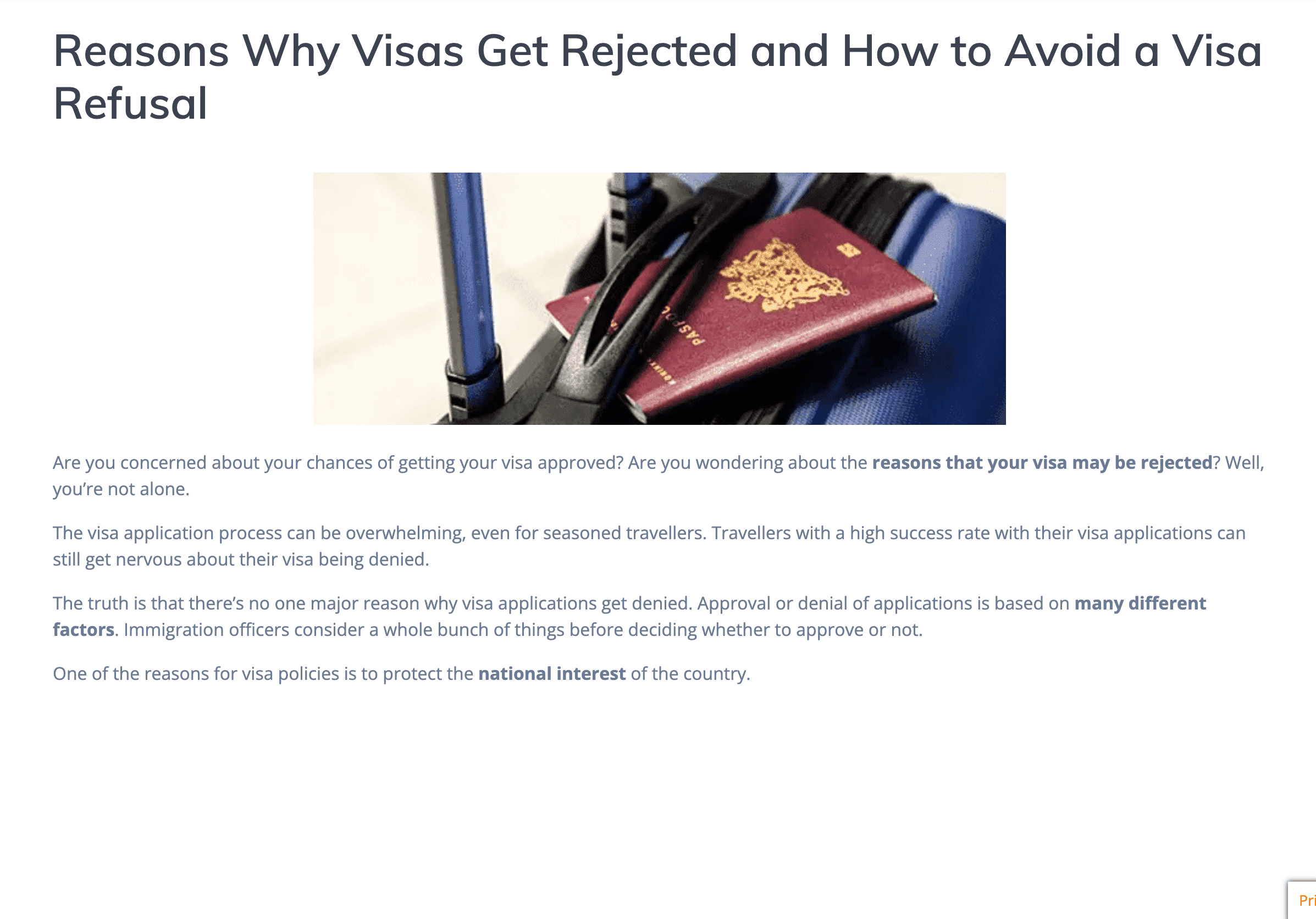UK Visa Statistics: Skilled Worker Visas Being Granted Plummets During Covid-19 Lockdown
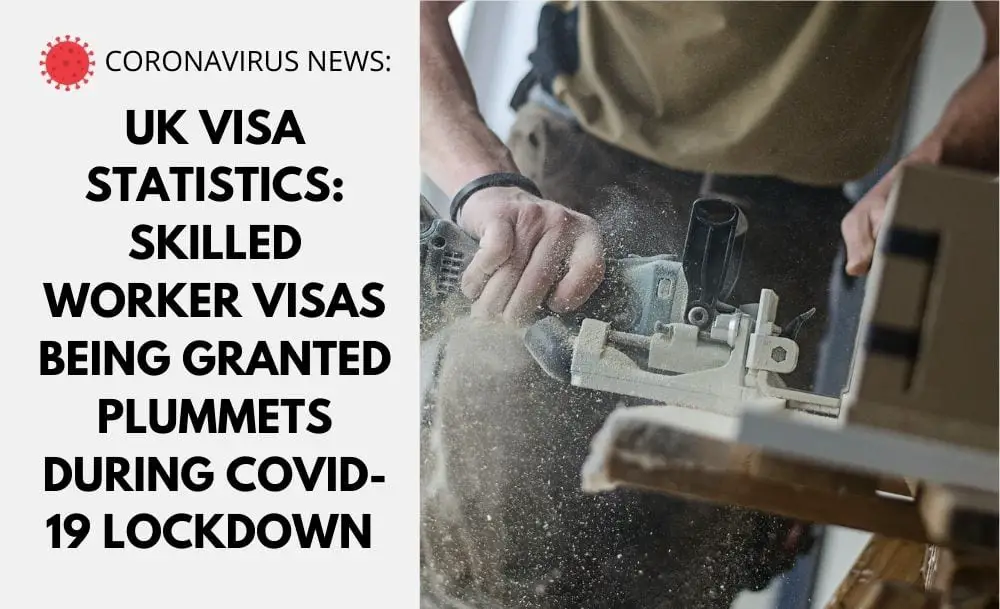
The coronavirus pandemic has caused an unprecedented fall in the amount of skilled migration, overseas assignees, intra-company transfers, foreign student numbers and family visa applications.
The fall in UK visa statistics numbers reverses the trend of steady increases in the levels of immigration from non-EU countries earlier in the year
The latest data are the clearest indication yet of the impact of the pandemic on net migration from outside the EU. But changes in migration and Brexit could also further skew the numbers and cause difficulties in attracting talent.
Now, experts are wondering how long it will take for the global situation to return to something approaching normal.
The UK’s Points-based System (PBS) regulates the type and number of migrants that can enter the UK based on merits of the migrant and the institution.
The PBS system is based on a number of “Tiers”. Tier 1 represents Highly skilled migrants, whereas Tier 2 represents skilled workers. Tier 3 was for low-skilled workers filling specific temporary labour shortages. The UK Government never allocated any visas under this scheme.
Tier 4 is for International Students and educational institutions like Universities. The framework regulates who can study in the UK from abroad. Whereas Tier 5 represents temporary workers.
It has been reported that the number of international workers that were granted UK visas to take up skilled work dropped sharply in the year to June. This sharp drop represents the number of applications made during the coronavirus lockdown.
The fall in UK visa statistics has reversed the general trend of record levels of immigration from non-EU countries earlier in the year.
The Home Office released quarterly statistics on 27th August showing that in April to June, the number of people granted Tier 2 visas fell 95 per cent compared with the same quarter of 2019.
The decline was part of an overall 99 per cent quarter-on-quarter drop in the number of visas granted, from 1.16m in April to June 2019 to 13,137 in the second quarter of 2020.
The sharp fall in the second quarter UK visa statistics was particularly driven by Skilled (Tier 2) work visas, which accounts for 60% of work-related visas and decreased by 20 per cent to 87,044 compared with the previous year and the overall number of visas granted down 22 per cent.
Sharp falls in UK migration numbers

Prior to the global pandemic, the fourth quarter of 2019, Tier 2 visa grants were 9.7 per cent up compared to the same quarter of 2018, while all successful grants of visas were 14 per cent up on the previous year.
The same pattern saw student visas also fall sharply in the second quarter by 99 per cent to 1,276 compared with the second quarter of 2019.
The UK visa statistics numbers from the Home Office clearly show the impact of the global pandemic on net migration from outside the EU, which had been rising steadily before the lockdown on March 23.
Deputy director of the Migration Observatory at the University of Oxford, Rob McNeil, stated there had been a “total collapse” in the number of visas granted in the second quarter of the year.
“The impacts are seen right across the board, with many fewer people getting visas for work, study and family,” he said.
Although the numbers for the first quarter of 2020 suggested net migration from outside the EU had sharply increased, this was now “ancient history”, he said.
“The big question for the future is how long these impacts last and whether we start to see a recovery in non-EU migration later in the year — particularly among students who usually get their visas in the third quarter,” Mr McNeil said.
Prior to the lockdown, the UK’s labour market and increased demand from students from Asia to study in the UK had seen increasing migration from outside the EU.
Will the UK see an increase in non-EU migration later in the year?
With the opening up of borders and the slow returning of operations to UK Visa & Immigration, the is an indication that, with backlogs and increasing numbers of applications, there may be a return to the immigration numbers seen before the pandemic.
Kate Shoesmith, director of sales and marketing at the Recruitment and Employment Confederation (REC), said that it is vital that employers continued to have access to the skills they needed to grow and adapt to the “new normal”.
She added, “Although it is likely that more people will be looking for new jobs, many will not immediately have the skills to fill these roles. So it’s worrying that the number of people were coming to work in the UK was low, even before the pandemic”.
“Firms need to know that the new immigration system will be flexible enough to be help fix the skills shortages affecting the construction, IT and social care sectors in the short term – or we risk stalling the economic recovery.
As we are also seeing that companies and workers are preferring to work from home, and the UK government put in policies to permit sponsored workers to work from home, we may see that the return to an increase in migration numbers may tale some time.

Brexit: A risk that skilled worker migration will fall even further
In February, a report from international accountancy and business advisory firm BDO said that, after the transition period ends on December 31, “there is a risk that skilled worker migration from the European continent could fall further creating potential challenges for some key UK industries”.
Stuart Lisle, senior partner at BDO, said at the time that the UK was already in the grip of a skills shortage, with the technology and manufacturing industries worst affected.
What are your thoughts on the UK’s migration numbers? Do you think that the pandemic will have long-lasting effects on the attractiveness of working in the UK? Comment below.
IaM can help with your Tier 2 Visa Sponsor Licence and Tier 2 Visa
If you need help with a Tier 2 visa, or a Tier 2 Sponsor Licence, including help with complying with your Tier 2 Sponsor Licence obligations, IaM can help.
For more information and advice on Tier 2 Sponsor Licences, UK immigration law and UK visa applications Or If you need any help or assistance please, reach out to your Visa Coordinator or Immigration advisor at IaM

